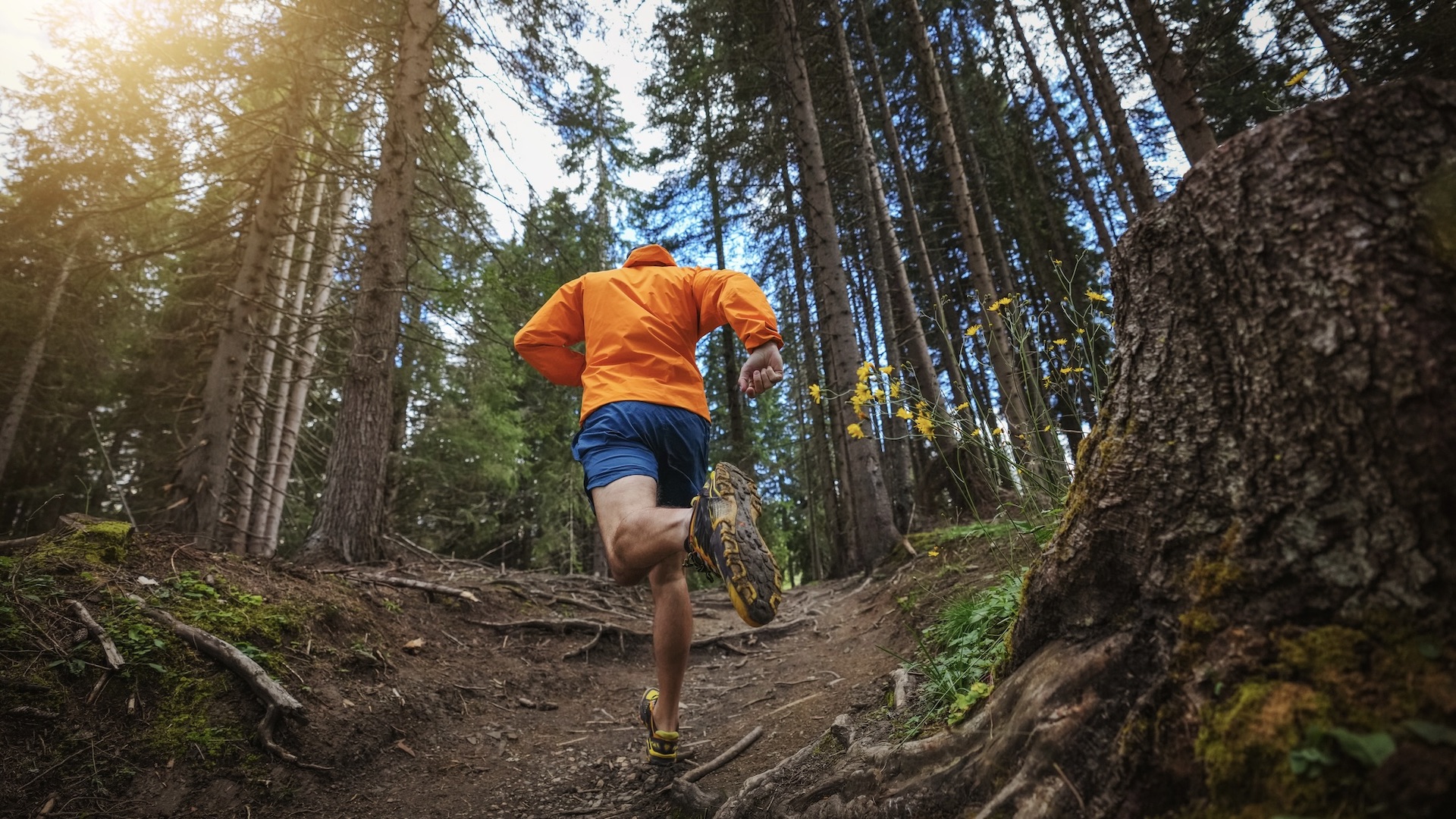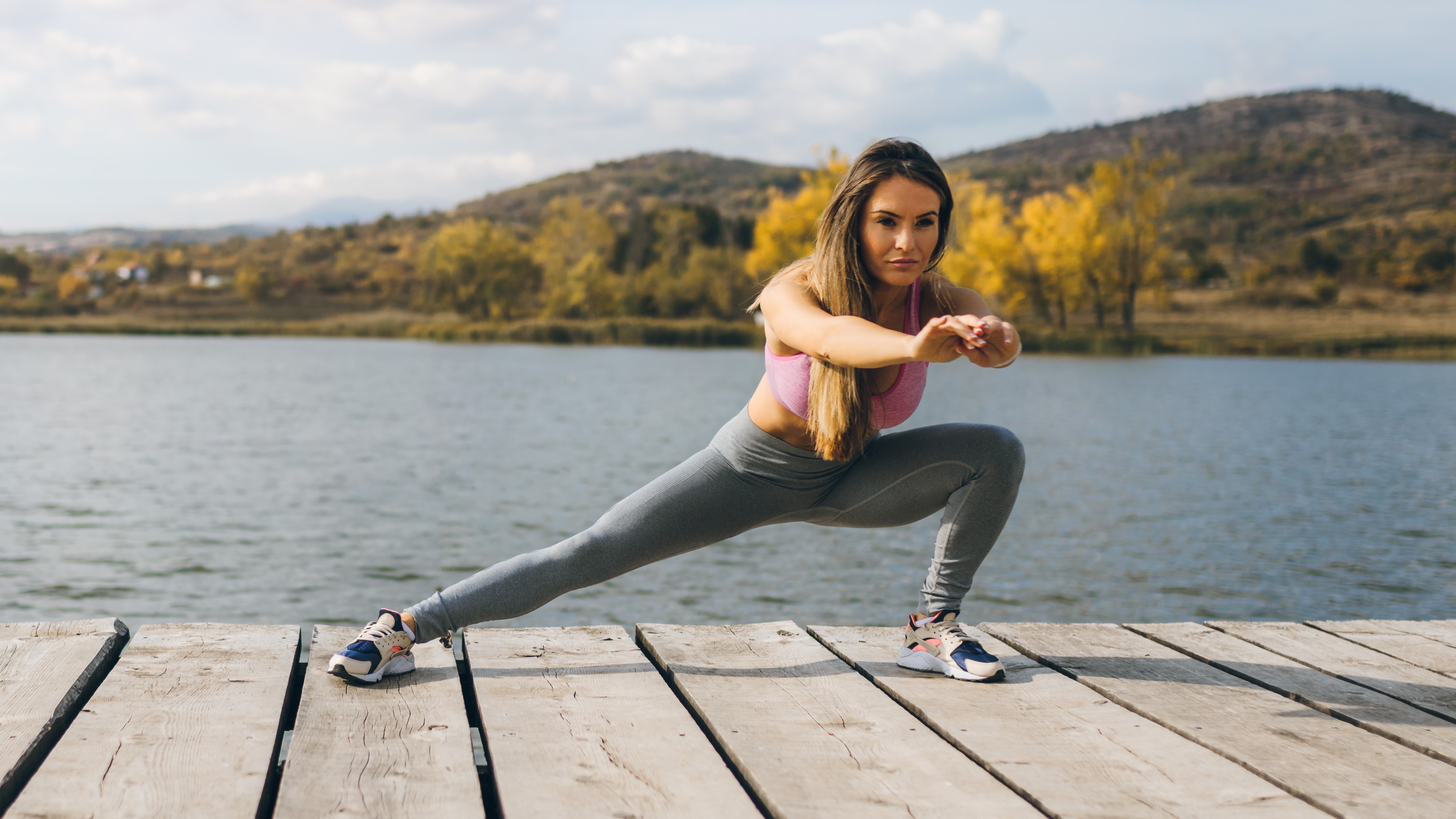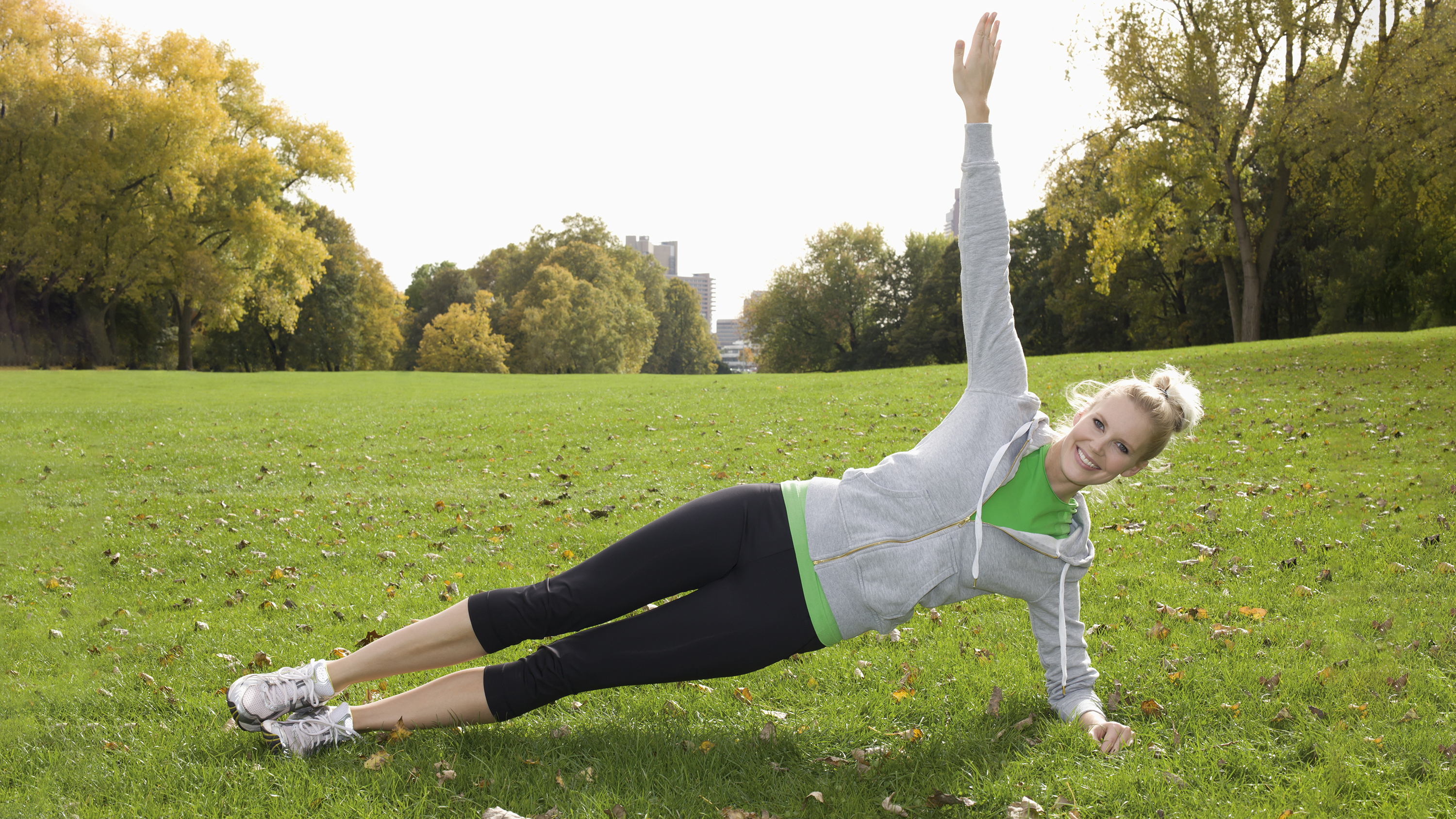
Running is mostly a forwards and backwards motion, but if runners only focus on this sagittal plane, they may end up with a few issues. The problem is that favouring just one direction and plane can lead to muscle and strength imbalances and, in time, to injuries. The solution to this potential problem for runners is to regularly perform lateral exercises (in the frontal plane).
The aim of lateral exercises – or exercises that use muscles in a sideways fashion – is to strengthen lateral muscles, such as lateral glutes, lateral hip muscles, lateral core muscles etc.
In turn, stronger lateral muscles will help to maintain good overall muscle balance, as well as muscle alignment. Without strong lateral muscles, runners will tend towards too much sideways movement when they are running forwards.
Adding side-to-side exercises to your strength building programme will also improve coordination and agility in the frontal plane. The benefits are you are less likely to trip or fall over when running. For trail runners, stronger lateral muscles are important when you need to adjust your movement to avoid natural obstacles, such as rocks, tree roots and mud or puddles.
Lateral movement is sideways motion, or moving side to side. Therefore, lateral exercises strengthen lateral muscles, which are in the frontal plane. There are many different lateral strength exercises you can perform. Here are five of the best.
Lateral lunge
Start by standing with your feet hip-width apart. Now take a big step out to the right, bending the right knee. Hinge forwards at the hips, lowering your butt backwards but also keeping your chest up. Make sure the knee doesn’t go further forwards than the toes.
Push back up to standing and repeat on the other side. Do the same exercise 10 times both sides.
You can progress this exercise by adding weights. Either hold a kettlebell at your chest height or choose two dumbbells of medium weight and with one in each hand, rest the weight on your shoulders with arms bent at the elbows.

Lateral step-up
To perform the exercise, stand perpendicular to a small bench or solid box, with your right side closest to the bench.
Place your right foot on top of the bench. Now push through the right leg until you are standing tall with both legs straight, with the left leg hovering above the ground.
Return to the start position by bending the right leg. Repeat this 10 times and then swap to the other side.
Skater hop
To start this exercise, stand with your feet shoulder-width apart. Bend your knees a little and then jump to the right as far as you can. Lead with your right foot, while swinging your left leg behind the right.
Land softly on your right foot and bend your knee, then balance on that foot for a second or two.
Use your arms as well through the movement with the right arm swinging behind you and your left arm swinging up in front. Think of an exaggerated skating movement.
Return to the start position by jumping back to the left, landing on your left foot with the knee slightly bent. Your left arm should swing behind you as your right arm goes forwards.
Do this full movement eight to 10 times.

Side plank
Take the position of a forearm side plank. To do this, place your right forearm on the ground and, with your body, form a straight line from head to feet. Your feet should be stacked sideways on top of each other.
Ensure your right elbow is directly under your right shoulder. Lift your hips as high as you can and extend your left arm upwards.
Hold this position for 30 to 60 seconds. Repeat on the other side. Aim for side planks on each side in one session.
Side-lying legs lifts
Lie on your right side with your legs in line with your body and your shoulders, knees and feet stacked on top of each other. Use your right hand to support your head or rest your head on your right arm.
Slowly raise up your left leg, pause at the highest position and then slowly lower down. Try to keep a strong position using your core muscles and don’t let your torso or hips sway side to side.
Repeat the movement 10 times and then swap to the other side.
- The best trail running shoes: our top recommendations for mud and rocks






